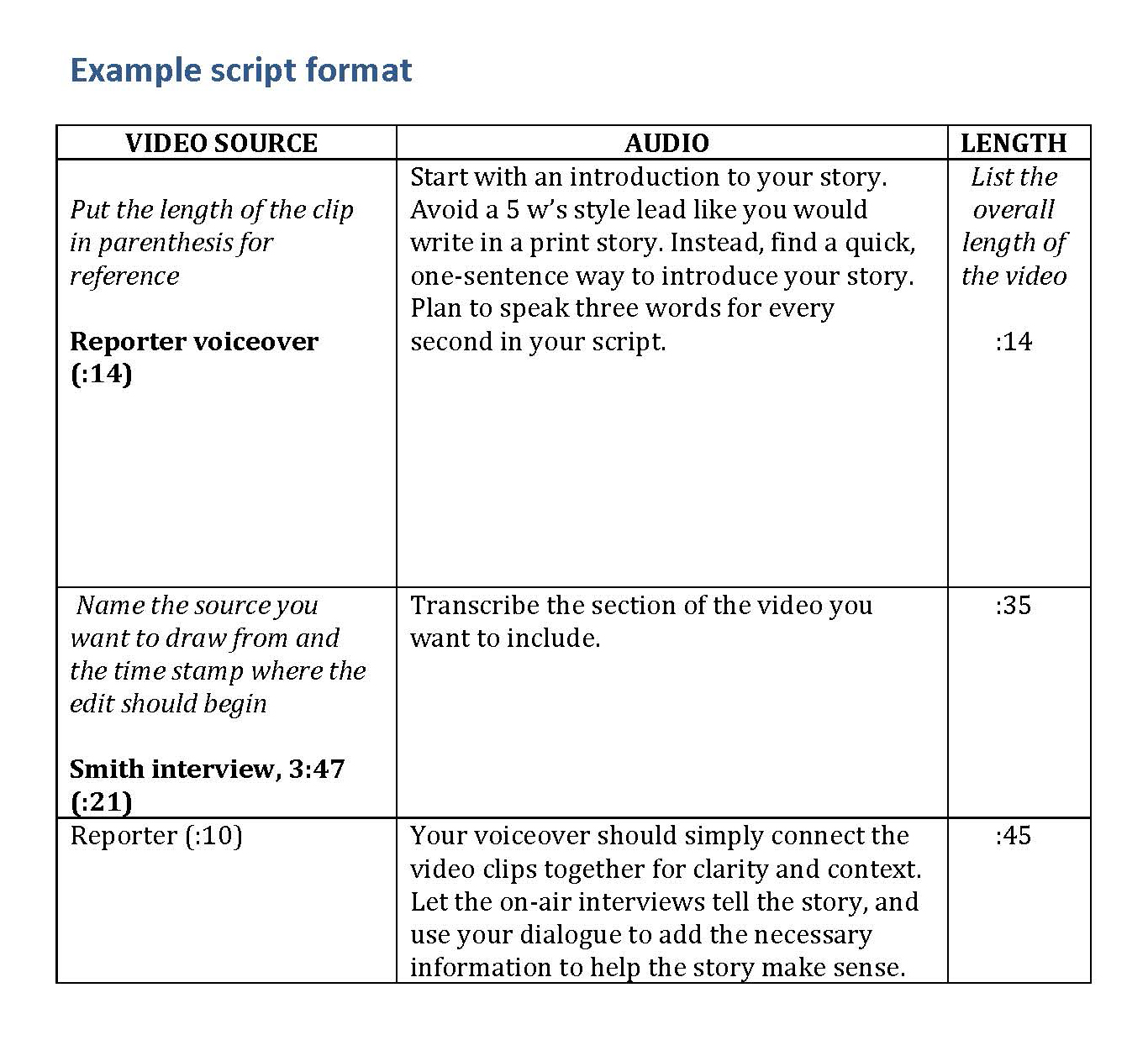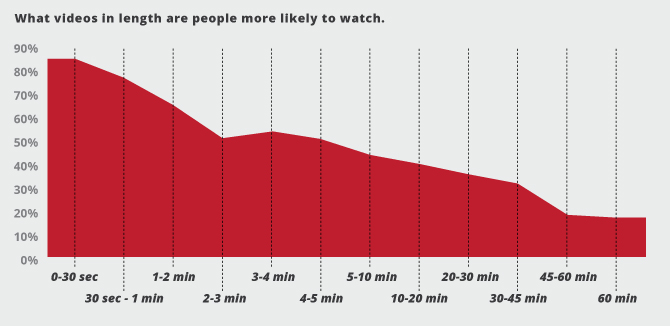Today, there will be 1.2 billion videos watched in the United States by 89 million people and tomorrow another 1.2 billion videos will be watched. With so much video content consumed each day, it’s crucial for your company to think about producing and distributing video content. Video is expected to continuing growing year over year, but many companies have avoided producing any quality video up until this point.
Do you think video is too expensive or you just don’t have the right equipment? Well, you’re in luck, because I’m about to give you all the information you need to go out and make a high-quality (low-cost) video you can share on your social media and place on your website.
The Script
Before you even think about setting up and getting in front of the camera, you’ll want to plan out your message and write a script. How long do you want your video? How many people will be featured in it? Where will they be and what will they be saying? These are a few questions that need to be answered before you can press record. Each video should have a central theme and one focus topic. Just like you split your website content into topics, your videos should be focused. Avoid shoving too much information or subjects into one video, instead create multiple focused videos.

The length of your video should reflect your goal. Keep in mind that about 45% of people tune out after just one minute according to Visible Measures. If you need to make a longer video, think about breaking it into sections to be more manageable for viewers.
Take your time and write a draft or two so that you’re confident in your message and its clarity, you may even want to have someone read through and proof your script before practicing. Have the people staring in the video practice until they’re comfortable and hitting the overall length you want. Once people start feeling comfortable and you’re confident that your message is clear, you can start filming.
Assemble the Tools
You may not have the coolest camera or the latest editing software, but you don’t need them to make a quality video. These are the four things you need:
- An iPhone or smartphone with similar capabilities (or a regular camera if you have one)
- A tripod or homemade stand
- Good lighting
- Clear sound (you can even use a smartphone to record sound)
You may be wondering how you can get a good quality video from your smartphone, but the cameras on recent phones are phenomenal. Apple ran an advertising campaign that just used images and videos shot on iPhones. Check out this video that was shot with an iPhone camera.
https://youtu.be/84lAxh2AfE8
Take the Perfect Shot
Now that you have what you’re going to say and how you’re going to record it, it’s time to actually start filming. Take into consideration noise and lighting when you start recording as those two things can’t really be edited out. Consider using the rule of thirds to get the most visually appealing angle of your subject. Think you got the perfect shot? Take a few more, it never hurts to have more footage to work with and could be hard to get that same angle, lighting, and appearance later when you realize you need it.
Edit & Publish
It’s a common misconception that you need spendy software to edit your videos to perfection. But in fact, there are a ton of free editing programs available, here are 20 to get you started. As you’re editing, make sure your message is still clear. When you finish editing, have a few different sets of eyes check it out and provide feedback before going live.
When you’re ready to post, upload your video(s) to YouTube, Vimeo, or a similar service for easy embedding on your website and social sharing. When you’re finished you’ll have a high quality video that you didn’t have to break the bank to produce.
What Works Where
Now that you’re a video making wizard, you can try and tailor your videos to specific platforms for the best results. Here’s a few tips for creating videos for different platforms:
Facebook: As users scroll through their newsfeeds, they ‘re met with dozens of videos. It’s estimated that 85% of Facebook videos are watched without any sound, so closed captioning is a must when uploading videos on this platform. As far as length, Facebook videos should be shorter in length, 30 seconds to 1 minute in length is pretty average. Since videos auto-play as they’re scrolled over, the first 3 seconds are the most important when determining if someone will continue watching.
YouTube: YouTube is a great platform to share videos that people may be searching for. Tutorials, instructional, and other educational videos perform really well on this platform. Videos on YouTube can be longer because people tend to spend more time searching and watching videos as compared to Facebook. The average video on YouTube is around 4 minutes long, so you have quite a bit of room to experiment with length here. The more specific and searchable your video topic is, the better chance you have at being found and watched on YouTube. The graph below shows the likelihood that someone will watch your video based on length.

Website: If you’re new to video, it is recommended that new marketing videos for your website should stay under the 2 minute mark. When someone sees the video length starting with zero or one minutes, they are far more likely to hit the play button. As you expand your video library and build credibility, viewers may be more likely to watch your longer content, but keep it short to start with.
Instagram: Instagram has changed their video length maximum from 15 seconds to 1 minute in the past year, but that doesn’t mean you should strive for the later. 15 to 30 second videos will be your best at engagement and full views on the platform.
Twitter: The Twitter world is quick and fast with words and videos. The max length that can be uploaded is two minutes and twenty seconds, but shorter videos perform better here as well so aim for the 30 second mark.
Ready, Set, Action!
Now that you have the knowledge to create the perfect digital video, go out and film. The only way you’ll get better is by practicing and creating content. You’ll find what works for you and be able to customize your video strategy to meet your needs. Will your video be one of the 1.2 billion watched tomorrow?